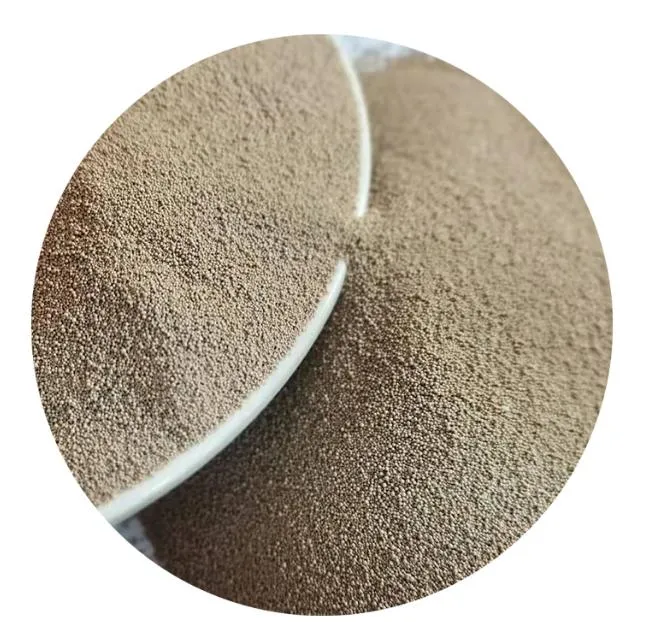

Once the metal solidifies, the mold is broken to reveal the casting, beginning the shakeout and finishing process. Removing gates and risers, heat treatments, and quality inspections are part of this stage, cementing the trust placed in sand casting in producing complex parts with tight tolerances and specific mechanical properties. Technologies such as X-ray inspection or magnetic particle testing are employed to ensure each piece meets the industry standards, thereby establishing the authority of sand casting in high-precision fields such as aerospace or automotive. The sustainability of sand casting adds another layer to its trustworthiness. Efforts toward recycling used sand, reducing emissions through better practices, and increasing energy efficiency in every step highlight the adaptation of sand casting to modern-day environmental expectations, reinforcing its relevance in contemporary industry practices. Envisioning the future, sand casting is evolving with technological advances like 3D printing for rapid prototyping and direct mold creation, enhancing its accuracy and efficiency. Such innovations illustrate the adaptability of sand casting, rooted in deep-seated expertise and continuous improvement based on industry demands. In conclusion, industrial sand casting offers a unique blend of experience, expertise, authority, and trustworthiness. It stands as a testament to the innovation and tradition in manufacturing, enabling the production of components that serve as the backbone of countless industries. Its evolution continues to align it with the modern world's demands, providing a sustainable and efficient manufacturing solution. Post time:jan . 28, 2025 03:50
Next:sand casting sand types
